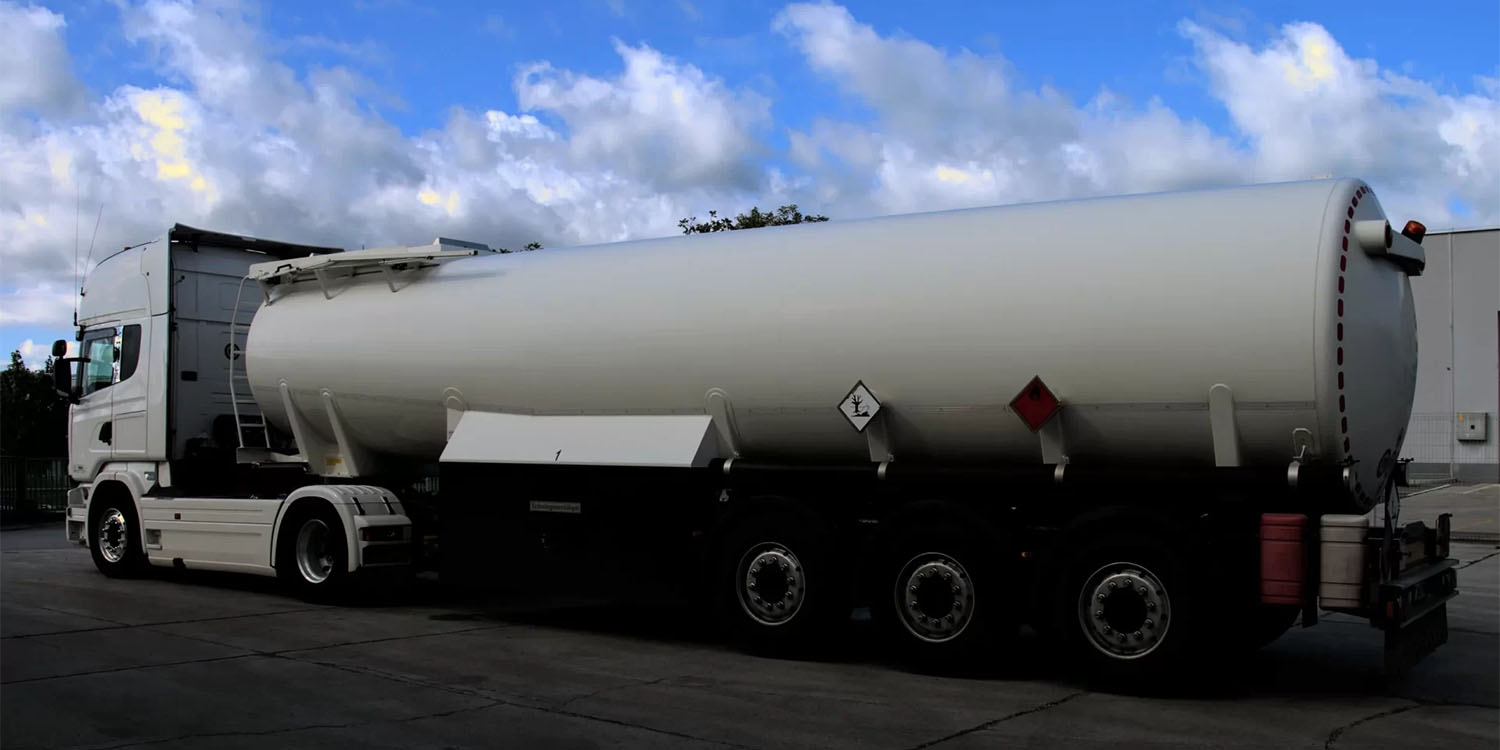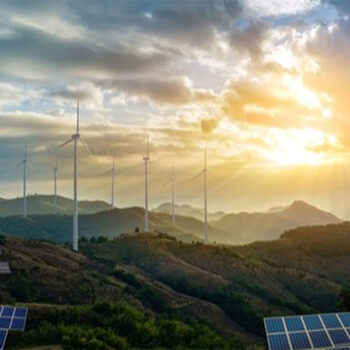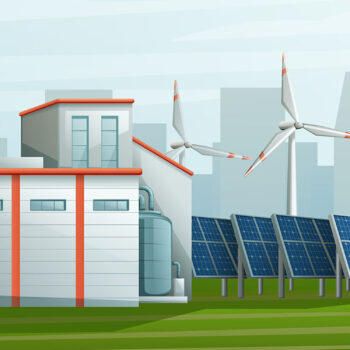Himanshu Dinodia, Ex-Associate Vice President at Avalon Consulting, authored a compelling blog titled “Demystifying Tank-to-Wheel and Well-to-Wheel Emissions in the Indian Context.”
The article explores the nuances of vehicle emissions in India, emphasizing the critical differences between Tank-to-Wheel (TTW) and Well-to-Wheel (WTW) metrics. As India accelerates its transition to sustainable mobility, Himanshu provides a data-driven perspective on how fuel type, driving behaviour, energy mix, and regulations shape emissions. The blog underscores the importance of holistic evaluation to drive effective policymaking, especially in a country grappling with high urban pollution and rapid motorization.

As India undergoes rapid urbanization and motorization, the need to address vehicular emissions is becoming increasingly important. With several Indian cities ranking among the most polluted globally, understanding the environmental impact of different vehicle types is essential for crafting effective policies and solutions. The transition towards sustainable transportation necessitates a nuanced analysis of emissions, emphasizing the importance of metrics like Well-to-Wheel (WTW) and Tank-to-Wheel (TTW) emissions. These metrics are invaluable for assessing the full spectrum of a vehicle’s environmental footprint, from fuel production and distribution to its actual operation on the road.
Tank-to-Wheel (TTW) Emissions
Tank-to-Wheel (TTW) emissions refer to the pollutants emitted directly by the vehicle during its operation. For internal combustion engine (ICE) vehicles, TTW emissions result from burning fuels such as petrol, diesel or Compressed Natural Gas (CNG), and include pollutants like Carbon monoxide (CO), Carbon dioxide (CO₂), Nitrogen oxides (NOₓ), Methane (CH4), Particulate Matter (PM) etc. For electric vehicles (EV), TTW emissions are typically zero because they do not have a combustion engine and do not burn fuel.
TTW emissions are crucial because they directly impact local air quality, particularly in densely populated urban areas. Reducing these emissions is vital for improving air quality and public health.
Well-to-Wheel (WTW) Emissions
Well-to-Wheel (WTW) emissions provide a comprehensive assessment of the total emissions associated with a vehicle, encompassing all stages of fuel or energy production and usage, from extraction (the “well”) to the vehicle’s operation (the “wheel”). WTW emissions are divided into two components: Well-to-Tank (WTT) and Tank-to-Wheel (TTW). While TTW emissions represent the emissions produced during the vehicle’s operation, WTT emissions cover the upstream processes, including the extraction, refining, transportation, and distribution of the fuel or energy.
For internal combustion engine (ICE) vehicles using petrol or diesel, WTT emissions include those generated during the drilling, extraction, refining, and transportation of crude oil. For electric vehicles, WTT emissions involve the entire supply chain of electricity production, including transmission and distribution.
WTW emissions offer a holistic view of a vehicle’s environmental impact by accounting for both the production and consumption phases of fuel. This metric is particularly relevant in the Indian context, where the reliance on coal for electricity generation significantly influences the overall emissions profile of electric vehicles.
Factors impacting TTW emissions
- Regulatory framework:
Emission norms in India follow European standards (Euro emission norms) but for the implementation timeline. The nationwide implementation of Bharat Stage II (BS II) emission norms was done in 2005, BS III in 2010 and BS IV in 2017. Europe meanwhile already moved to Euro 6 norms in 2014 indicating a major lag for India. This reason complemented by a drastic increase in air pollution levels, primarily in North India, prompted India to leapfrog BS V to straightaway implement more stringent BS VI norms in 2020.Further, with a focus to cut carbon emissions, India introduced Corporate Average Fuel Efficiency (CAFE) stage I norms in 2017-18 following it up with stricter CAFE II in 2022-23. The compliance requirements have pushed automotive Original Equipment Manufacturers (OEMs) to adopt newer technologies leading to improvement in TTW emissions. For instance, as per an ICCT publication, Maruti Suzuki Dzire petrol vehicle (a compact sedan) exhibits a CO2 improvement of ~34% over 12 years from 2009 to 2020.
- Driving behaviour and conditions:
The tightening of emission norms has certainly reduced the TTW emissions for ICE vehicles in laboratory test conditions, however, the performance deviates when the vehicle is driven on the road as affirmed by a recent report from ICCT. Driving habits and traffic conditions are crucial factors that influence TTW emissions. In India, with its congested roads and unpredictable traffic patterns, driving conditions can significantly increase fuel consumption and emissions.
- Vintage vehicles:
Older vehicles typically have higher TTW emissions than newer models because they may lack advanced emission control technologies, are generally poorly maintained and are often less fuel-efficient. In India, where many vehicles on the road are older than 10 years, this is a significant concern. However, the Indian government has introduced a voluntary vehicle scrappage policy to incentivize the phasing out of such older and more polluting vehicles. This will help reduce TTW emissions by taking inefficient vehicles off the road and encouraging the adoption of cleaner vehicles.
Factors impacting WTW emissions
- Electricity generation mix:
For EVs, although they have zero tailpipe emissions (TTW), the emissions associated with generating electricity for charging significantly contribute to WTW emissions. India’s electricity grid is primarily powered by coal, which is a highly carbon-intensive energy source.
Installed capacity (MW)

As per the data from Central Electricity Authority (CEA), Ministry of Power – India, the installed capacity share of all fossil fuel-based power plants is ~55% as of March 2024 – a mere reduction of 9 percentage points from March 2010. Coal based power plants installed capacity, accounts for roughly half of the total installed capacity in India.
The share of renewable energy (RES) installed capacity – primarily wind and solar, stands at ~33% and has shown a strong growth in the last 7-8 years. The Indian government has set ambitious targets to increase the share of renewable energy in the electricity mix. As this share grows, WTW emissions for EVs are expected to decrease substantially.
- Fuel production and refining processes:
For ICE vehicles, the extraction, refining, and transportation of petroleum-based fuels contribute significantly to WTW emissions. India imports most of its crude oil, and the refining processes required to convert crude oil into usable fuels result in considerable greenhouse gas (GHG) emissions. Importing crude oil adds to WTW emissions because transportation across long distances by ships and pipelines increase energy use. The upstream emissions (WTT) for fuels are therefore higher in India compared to countries that are more self-sufficient in energy production. - Transportation losses:
For EVs, the electricity transmission and distribution (T&D) losses add to WTW emissions. As per CEA, T&D losses have improved only marginally from ~23% in 2013-14 to ~19% in 2021-22. Given that the U.S. Energy Information Administration (EIA) estimated such losses at ~5% in the USA, there is huge scope for improvement in WTW emissions for EVs in India.For ICE vehicles, transporting fuel from refineries to distribution points adds to WTW emissions. The longer the supply chain, the more energy is consumed, and the more emissions are produced.
- Battery manufacturing:
For electric vehicles, the production of batteries significantly affects WTW emissions. The energy and resources required to manufacture batteries, particularly lithium-ion batteries, can add to the overall emissions of EVs. The extraction and processing of raw materials such as lithium, cobalt, and nickel used in EV batteries are energy-intensive processes that contribute to upstream emissions. If battery production relies on coal-based electricity, as it often does in India, it can further increase WTW emissions.
Conclusion
Understanding Well-to-Wheel and Tank-to-Wheel emissions is essential for evaluating the environmental impact of different vehicle types in India. While ICEVs have the highest TTW and WTW emissions due to their reliance on fossil fuels, Hybrid Electric Vehicles (HEVs) may offer moderate reductions through improved efficiency and partial electrification. EVs provide the most significant reduction in TTW emissions and can achieve lower WTW emissions, especially when charged with renewable energy sources.
As technology advances and India’s energy landscape evolves, reducing both WTW and TTW emissions will be critical to achieving sustainable transportation. Policymakers, manufacturers, and consumers must consider these factors when making decisions about vehicle technology and infrastructure to minimize environmental impact and promote a cleaner, greener future for India.

Himanshu Dinodia
Himanshu Dinodia is an ex-Associate Vice President at Avalon Consulting with deep expertise in program management, operations, and business growth strategy. He has led strategic engagements , focusing on turnaround and due diligence for high-growth, technology-enabled businesses. His notable work includes driving growth strategy and operational transformation for a leading car service platform in India.







